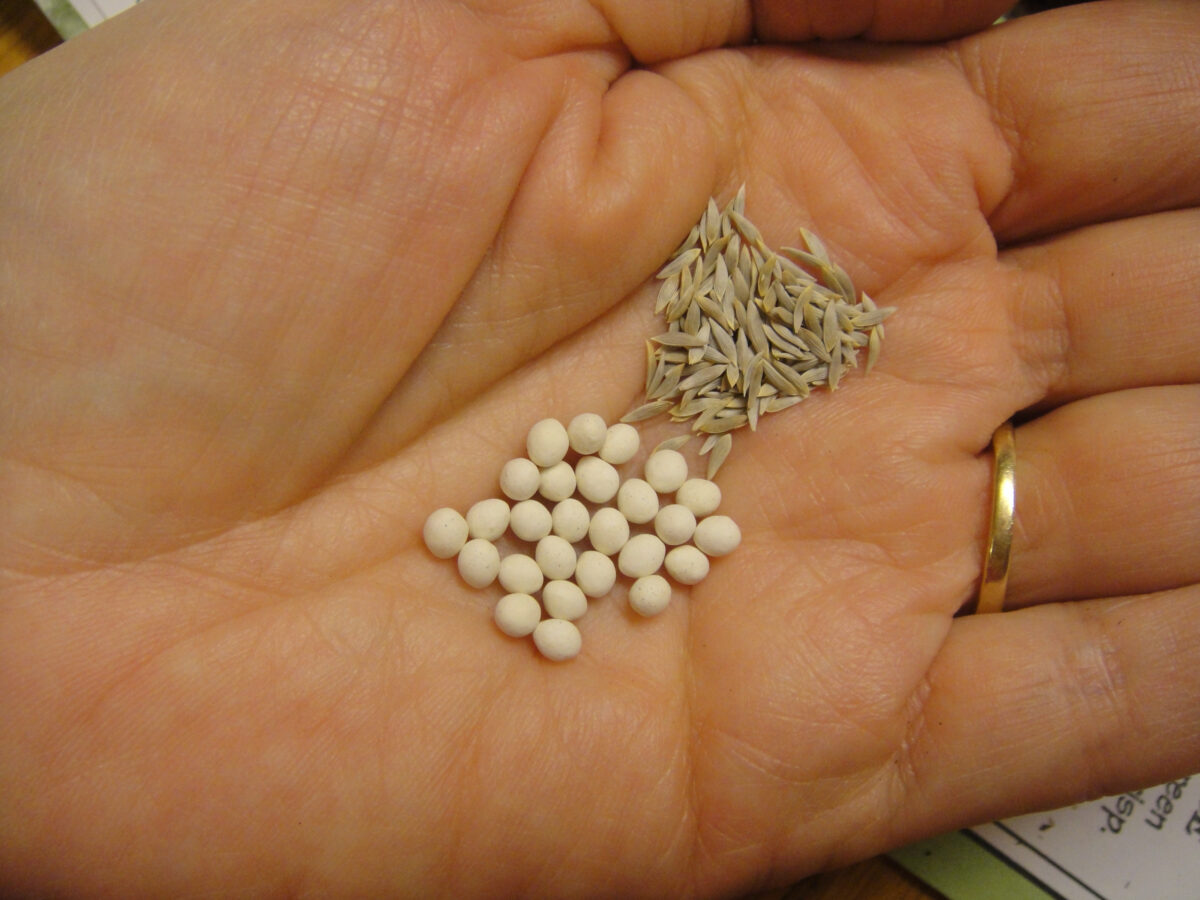Garden Help Desk: Solving poinsettia problems
Now that the holidays have passed, what should you do with your poinsettia?
The simplest thing to do is just toss it out. Most people choose to do this with their poinsettias after the season is over.
If you’re willing to do just a little bit of work, you could choose to keep your poinsettia as a houseplant, instead. Whether you want to keep a poinsettia for just a few months or even throughout the year, your plant will need good care.
For the rest of the winter and spring, your poinsettia needs to be in a room with the brightest light available. A room with a south or west facing window would be ideal, but make sure your plant isn’t so close to a window that it gets chilled at night. Remember to water your plant, and let it drain well whenever the upper soil is dry and the pot feels lightweight. Your poinsettia won’t need any fertilizer until the weather warms up.
You can relocate your poinsettia outdoors once the overnight low temperatures are consistently above 50 degrees. Cut the stems back to remove the faded bracts, and put your plant in a bright location.
In our hot, dry summer climate, an entire day in the full sun is usually too much for a poinsettia but several hours of morning sun or bright dappled shade throughout the day is ideal. If you have to put your plant in sunnier location, you’ll probably need to provide a few hours of early afternoon shade.
Don’t forget to water regularly and check frequently for pests like aphids and mites. Insecticidal soap can provide good control for these pests if you catch the problem early.
Apply the spray in the evening, so that it will be completely dry by morning. You’ll also need to continue providing fertilizer on a regular basis. If you used a slow-release fertilizer with micronutrients during the winter, you’ll probably need to provide a new application for the summer.
Question: I’d like to try pelleted carrot seeds in my garden next spring. One of my neighbors used pelleted seeds and said they were great, but a friend said hardly any of his pelleted seeds germinated for him. How reliable are pelleted seeds?
Answer: Pelleted seeds are becoming more common in garden seed catalogs. They were originally developed for commercial growers who rely on machines to plant their seeds, but they have many benefits for home gardeners, too.
Since you’re already a gardener, you know that seeds can come in irregular shapes and in many different sizes and textures. This makes it easy for planting machines to jam. Pelleting the seeds by coating them in an inert material increases their size and smooths out their shape. It also makes the seeds more uniform in size. All these things make it easier to plant seeds by machine.
Pelleted seeds are really just the same seeds you’ve already been planting in your home garden, but with so many home garden catalogs offering pelleted seeds you can take advantage of all the benefits that come from pelleting.
Small seeds can settle through little openings in garden soil after planting. Pelleting makes it easier to plant small seeds at the same depth, which can help you get more uniform germination.
Some seeds are very tiny, almost like dust, and it will be easier plant properly when those seeds have been pelleted. You’ll also reduce waste because you won’t lose track of tiny seeds. You can see a seed if you drop it, and once you’re done planting, you’ll know each seed got planted.
Pelleted seeds can reduce your workload. Planting pelleted seeds is faster and easier than planting naked seeds. You can space out your plantings more precisely when you’re using small seeds like carrots and lettuce, so you’ll have less thinning to do after your seeds germinate.
There are a couple of disadvantages to pelleted seeds.
Any kind of seed treatment adds to the cost of the seeds, and pelleted seeds are no exception. They will cost more per seed, and even with your savings, by using every seed and not thinning out extra plants, you’ll probably end up spending a little more than you would for naked seeds.
Pelleting can shorten the “shelf-life” of seeds. Plan to use your seeds the year you purchase them. If you do have leftover pelleted seeds, you can try planting a little more thickly to see try to get enough germination.
Using pelleted seeds doesn’t mean you can be careless. Good soil preparation, proper planting and good plant care after planting will still be important.





